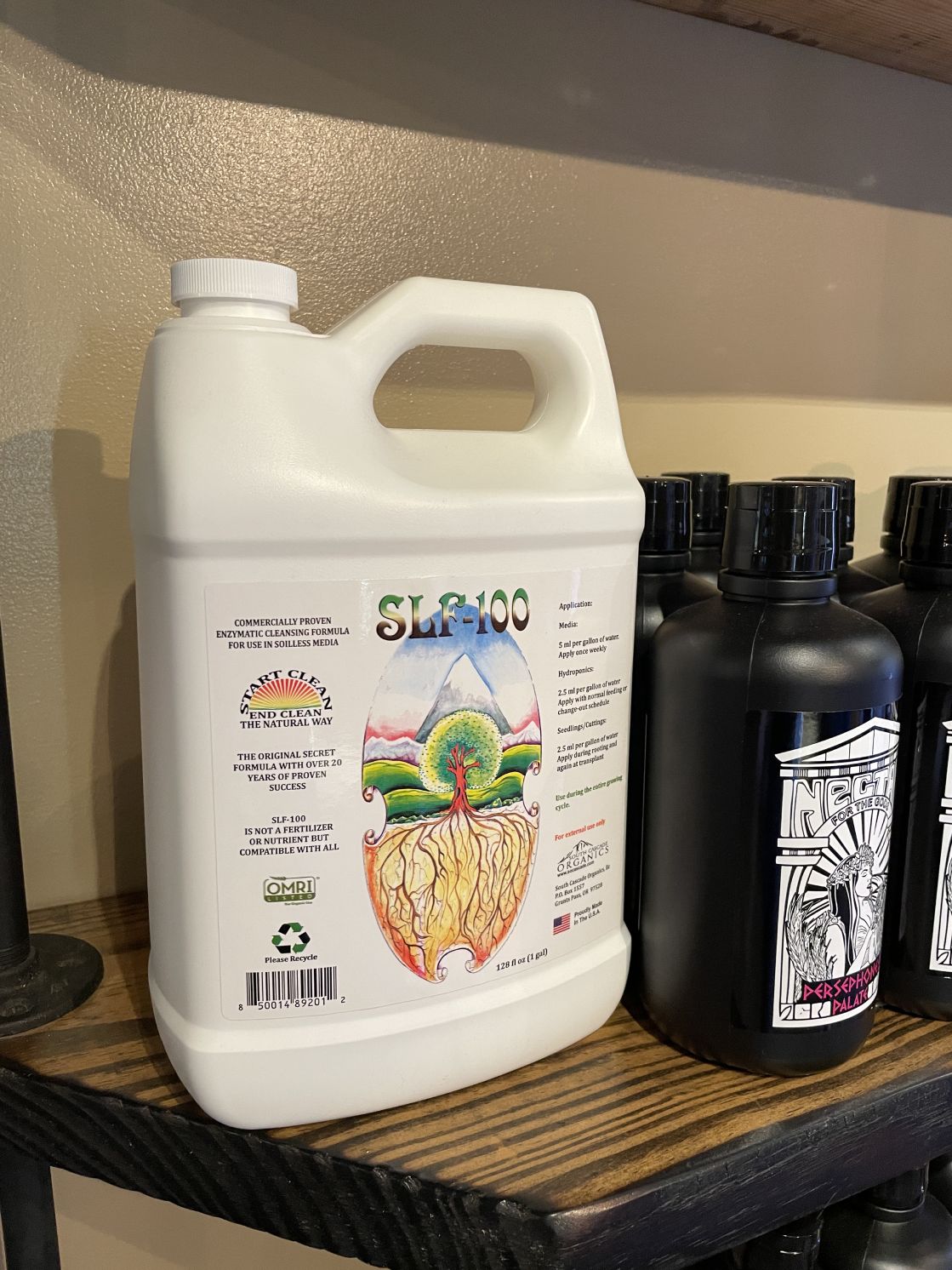Change Your Planting Experience with The Indoor Earthworm's Advancement
Wiki Article
Unlocking the Prospective of Hydroponics: Understanding Its Makes Use Of and Different Kinds
Hydroponics, a technique of cultivating plants without dirt, has amassed boosting interest for its potential to revolutionize agriculture and cultivation techniques. As we navigate via the elaborate landscape of hydroponic systems and strategies, it becomes apparent that each approach holds unique advantages and limitations.Benefits of Hydroponic Equipments

An additional benefit of hydroponic systems is the capability to grow plants in a smaller sized area. Hydroponic systems decrease the threat of soil-borne conditions and parasites, as there is no dirt to harbor these threats.
Usual Utilizes in Agriculture

Given the efficient water preservation and space-saving advantages of hydroponic systems, it is apparent that these innovative farming techniques have discovered common usages in different sectors of farming. The controlled setting of hydroponic systems makes it possible for year-round growing, giving a regular supply of fresh produce no matter of outside weather conditions.
Hydroponics is commonly used for growing a selection of plants, including leafy eco-friendlies, tomatoes, cucumbers, herbs, strawberries, and peppers. Furthermore, hydroponic systems are made use of in study and educational settings to study plant growth, growing, and nourishment techniques.
Checking Out Different Hydroponic Methods
Hydroponic systems provide an array of techniques that cater to different plant kinds and growing objectives. Furthermore, the Ebb and Circulation system, likewise known as the Flooding and Drain system, intermittently floodings the plant roots with nutrient remedy, enabling for oxygenation throughout draining durations. Each of these techniques showcases the adaptability and efficiency of hydroponic systems in boosting crop development and return.Contrasting Various Hydroponic Equipments
Checking out the performance and yield improvement techniques in hydroponics leads us to compare different hydroponic systems offered for plant cultivation. Each hydroponic system has its special features, advantages, and constraints, making it critical for cultivators to pick one of the most appropriate system based upon their particular requirements and restraints.One of the most typical hydroponic systems is the nutrient movie strategy (NFT), where a slim movie of nutrient remedy continually moves over the plant roots. In contrast, the deep water culture (DWC) system submerges plant roots directly right into the nutrient solution, providing sufficient oxygen and nutrients.
An additional prominent hydroponic system is the ebb and circulation (or flood and drain) system, which periodically floods the plant roots with nutrient service before draining it. By comprehending the differences in between these hydroponic systems, growers can make educated decisions to take full advantage of plant yield and quality.
Technologies in Hydroponic Technology
One vital advancement directory is the advancement of wise hydroponic systems that make use of sensors and automation to keep track of and change environmental conditions such as pH levels, nutrient focus, and light direct exposure in real-time. These systems enable exact control over expanding problems, leading to optimal plant growth and greater crop yields.One more remarkable advancement is the integration of vertical farming methods with hydroponic systems, permitting the farming of plants in piled layers. This vertical method maximizes space usage, making it suitable for city settings where land schedule is restricted - The Indoor Earthworm. In addition, using innovative LED lights systems customized to certain plant needs has actually enhanced energy effectiveness and enhanced growth rates in hydroponic arrangements
Technologies like these are driving the evolution of hydroponics, making it a sustainable and very appealing option for modern-day agriculture.
Verdict
In conclusion, hydroponics supplies many benefits in farming and has different techniques and systems that can be made use of to optimize its potential. Advancements in hydroponic innovation continue to boost effectiveness and sustainability in food manufacturing. By comprehending the uses and various types of hydroponic systems, cultivators and farmers can open the full potential of this ingenious method of expanding plants without dirt.Furthermore, hydroponic systems permit for much better control over nutrient degrees, pH balance, and ecological conditions, leading to much healthier plants and higher returns.

Report this wiki page